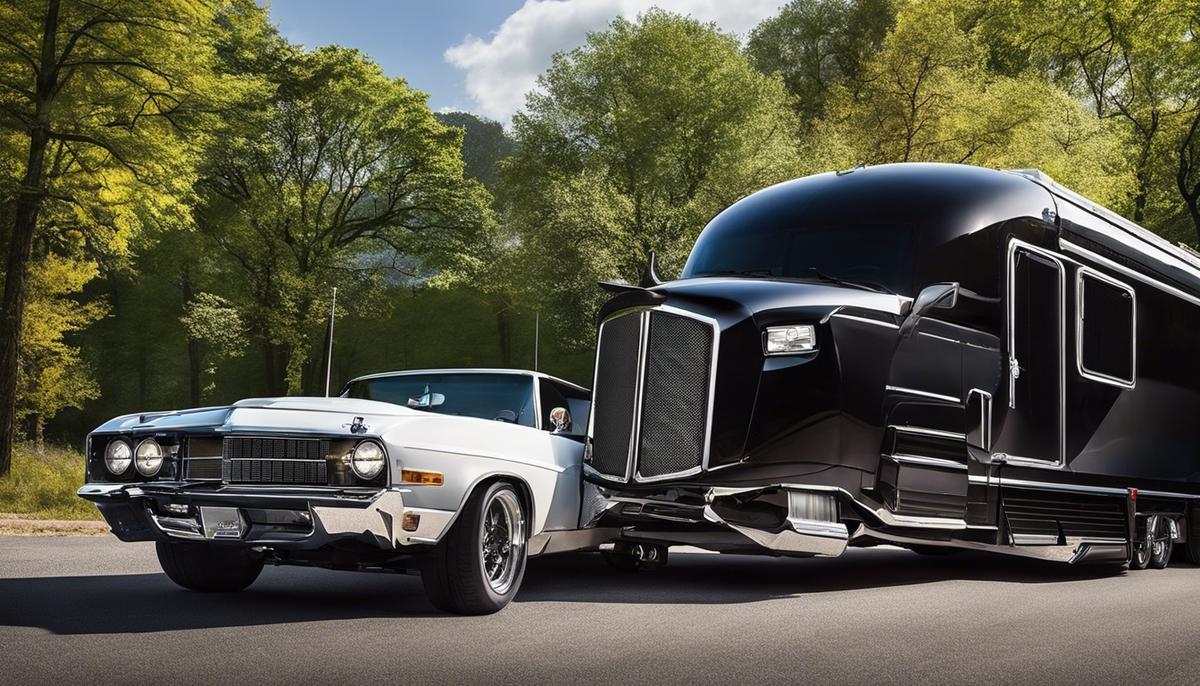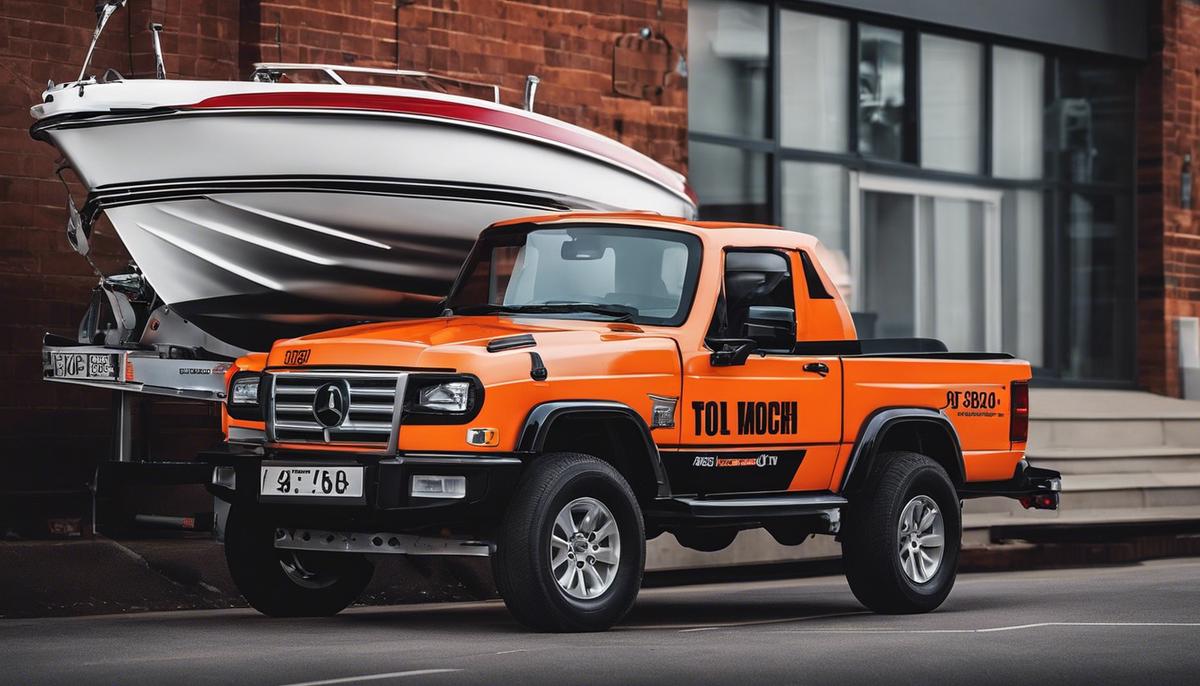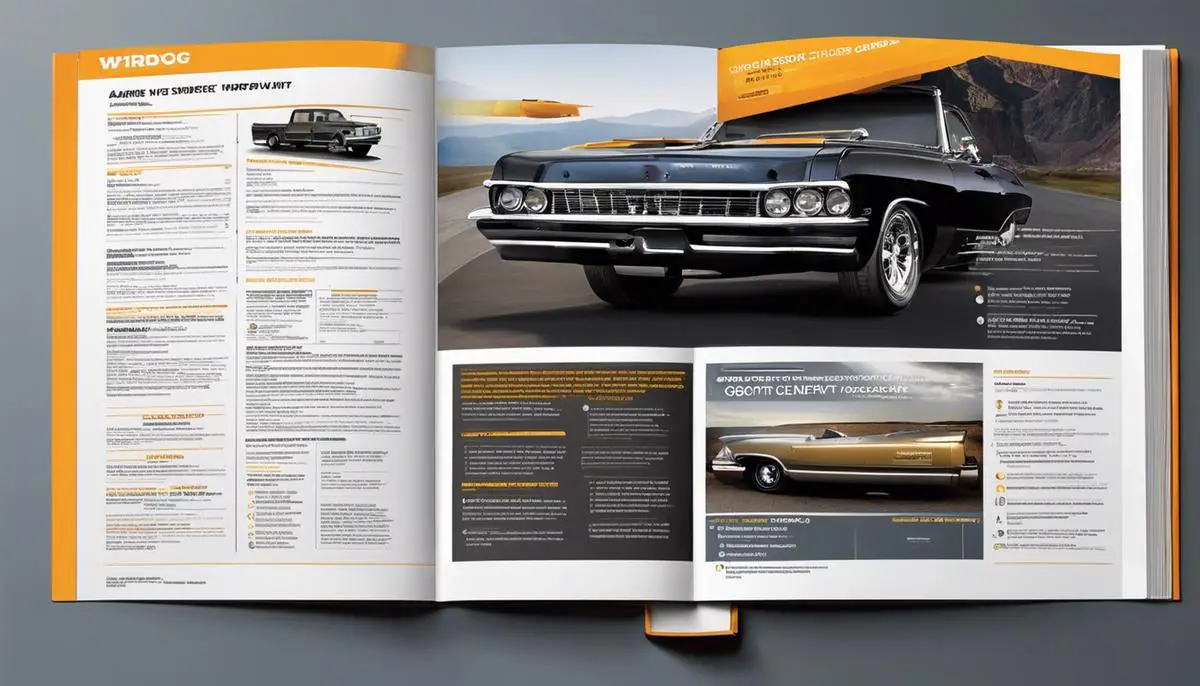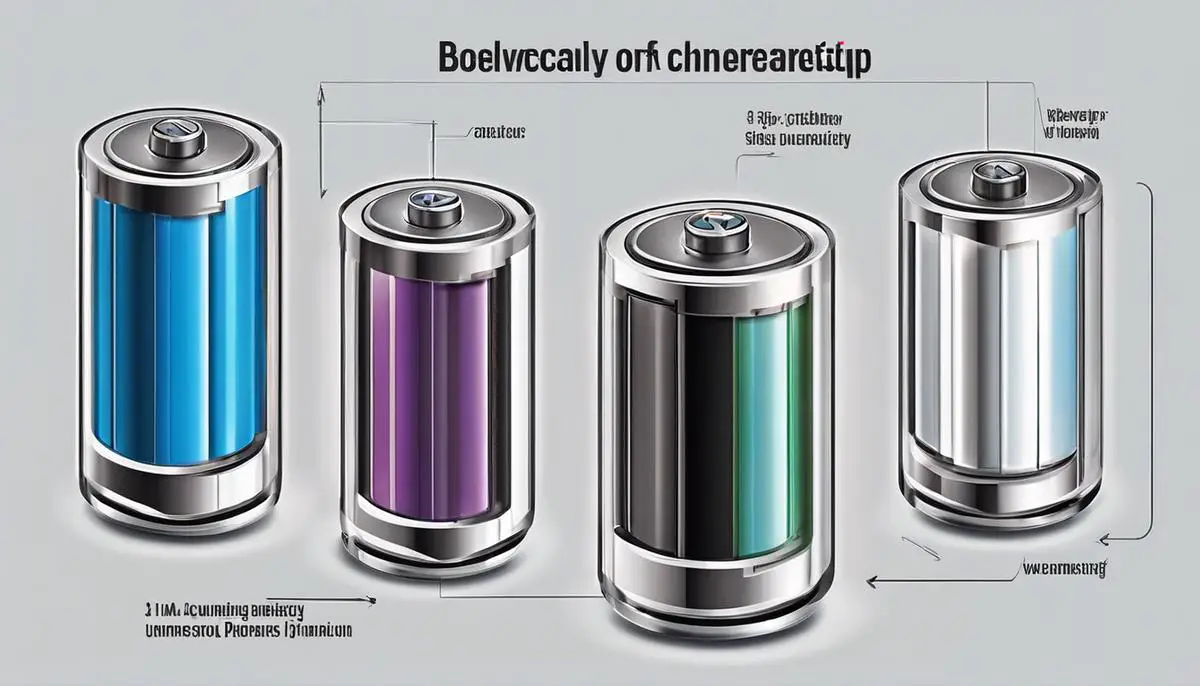Towing a trailer or carrying a heavy load requires more than just hitching it up to the back of your vehicle. Before embarking on such a task, it’s crucial to understand your vehicle’s towing capacity to ensure safety and prevent damage. Knowing the true load your vehicle can handle is the first step in planning a trip that involves towing. Whether you’re looking to haul a boat for a weekend at the lake, transport a caravan for a family vacation, or carry construction equipment for work, understanding your vehicle’s towing specifications is key. This guide will walk you through various reliable methods to find out the towing capacity of your vehicle, ensuring you’re well-informed before you tow.
Contents
Check Vehicle Owner’s Manual
Hitched to the Numbers: Finding Your Vehicle’s True Towing Might
Calling all towing enthusiasts! If you’re like many hobbyists who relish the call of the open road with a trailer in tow, then knowing the limit to what your vehicle can pull is not just practical – it’s absolutely crucial. Whether you’re hauling a boat to the lake, taking the horses out for a trail ride, or towing your camper for a weekend getaway, the golden rule remains: know your vehicle’s towing capacity.
Now, you might ask, “Where can I find my ride’s towing capacity?” Well, buckle up! Here’s your quick guide to finding that key figure.
First stop: Your vehicle’s owner’s manual. It’s the go-to resource filled with facts straight from the manufacturer. Skim through the contents and you’ll typically find a section labeled “Towing,” “Trailer Towing,” or something similar. This section is your treasure trove, listing the maximum weight your vehicle can haul legally and safely.
No manual, no problem! If your glovebox is as empty as a gas tank on a long haul, it’s time to sidestep. Vehicle manufacturers understand the importance of these numbers – they’re usually readily available online. A quick search on the manufacturer’s website with your vehicle’s make, model, and year should steer you toward a digital copy of your missing manual or a specification list – including that all-important towing capacity figure.
A word of caution: Be wary of general internet searches or forums claiming to know your vehicle’s specs. Stick with official sources to avoid hitching your wagon to inaccurate figures.
What if the whispers of adventure have called you to upgrade your ride? When shopping for a new vehicle, the dealership is your next port of call. Vehicle brochures or the sales team can provide you the specific towing capacities for the models you’re eyeing.
But the resourcefulness doesn’t end at print and personnel. Many dealerships and automotive brands have taken to the internet with handy VIN (Vehicle Identification Number) decoders. By inputting your VIN on these services, you can pull up the towing capacity along with a full spec sheet for your current or potential future vehicle.
And here’s a pro tip: Consider not just the dry weight you intend to tow but also additional gear, fuel, and personal items which will contribute to the total weight. Always aim to tow comfortably within your vehicle’s capacity to maintain control, prolong the life of your vehicle, and, most importantly, keep you and your fellow travelers safe on the roads.
Keep your eyes on the payload and your trip itinerary worry-free! With the right figures in hand, the world is your oyster – or, should we say, your towable trailer. Happy towing!

Look at the Vehicle Door Sticker
Unlocking Your Vehicle’s Towing Potential with the Door Sticker
Amidst the wealth of resources available for hitching up and hauling, one often-overlooked gem proves incredibly handy—the vehicle door sticker. Nestled on the doorjamb or frame of the driver’s side door, this informative label holds essential data tailored to your vehicle. Here’s how to decode it for towing prowess:
Identify the Door Sticker:
Typically, upon opening the driver’s side door, you’ll find a rectangular label affixed to the door or nearby frame. It’s more formally known as the Tire and Loading Information label.
Decode Gross Vehicle Weight Rating (GVWR):
A key figure on this sticker, the GVWR represents the maximum amount your vehicle can safely weigh, including itself, passengers, cargo, and any additional load such as a trailer.
Look for Gross Combination Weight Rating (GCWR):
While not all vehicles feature this number on the door sticker, when present, the GCWR informs you of the total allowable weight of your vehicle and anything you’re towing combined.
Compute Towing Capacity:
If GCWR is available, calculate the towing capacity by subtracting the vehicle’s curb weight (also obtainable from the door sticker) from the GCWR. That outcome gives a clear maximum for what can be hitched to the back.
Refer to Payload Capacity:
You’ll also find the payload capacity, indicating how much weight can be added to the vehicle itself. Remember that passengers and cargo inside the vehicle count towards this limit along with the tongue weight of the towed load (the downward force exerted by the trailer coupler).
Check Tire Information:
It’s not just about what one can tow, but also how to tow safely. The tire section advises on the proper tires, size, and the inflation pressures—critical factors for maintaining control and stability while towing.
By thoroughly understanding the information on your vehicle’s door sticker, you’re equipped to make informed decisions about towing loads while ensuring your safety and your vehicle’s integrity. This quick reference transforms from a forgotten flap into a treasure trove of towing knowledge. Keep it in mind next time you’re planning to pull a trailer, and tow with confidence knowing that you’re well within your vehicle’s capabilities.

Consult the Vehicle Manufacturer
When it comes to towing, there’s an essential step that often goes overlooked: reaching out to the vehicle manufacturer when there’s any ambiguity about your towing capacity. This might seem like an extra inconvenience, but there are compelling reasons to make that call or send that email to the source itself. Let’s unpack why direct contact with your vehicle manufacturer isn’t just recommended, it’s critical for both safety and performance.
Manufacturers have the most up-to-date and precise information about their vehicles. Specifications can change from model to model and year to year, and even within the same model year, there may be variations based on the trim level or optional packages equipped. Manufacturer’s databases are equipped to account for these nuances.
Furthermore, manufacturers can provide clarity on how aftermarket modifications might impact towing capacity. Owners often enhance their vehicles with upgrades like suspension kits or braking systems. While these can sometimes increase towing capabilities, they can also create legal and warranty implications that only the manufacturer can authoritatively advise on.
There’s also the matter of warranty coverage. Towing beyond a vehicle’s specified capacity can void warranties, leaving you financially exposed to costs from potential damage. Contacting the manufacturer can confirm the parameters of your warranty, ensuring that your towing practices don’t lead to costly repercussions.
Another important aspect is the legal compliance. Each state might have different regulations concerning towing, and failure to comply with these laws can lead to fines or other penalties. The manufacturer can inform you of any known legal considerations or direct you to where you can find the information you need to tow legally.
Finally, there’s the ever-evolving landscape of software and recalls. Vehicles are increasingly software-driven, and manufacturers periodically release updates that could affect performance, including towing. Additionally, recalls may address issues related to towing capacity or related systems. Only the manufacturer will have comprehensive and timely information about these updates and how they impact your specific vehicle.
Remember, when in doubt, reaching out to your vehicle manufacturer isn’t just about getting answers—it’s about peace of mind. You ensure safety, legal compliance, and protect both your vehicle’s performance and your wallet. Before you hitch up and head out, a simple check-in with your vehicle’s maker can make all the difference. Tow wisely and enjoy the journey!

Mastering the details of your vehicle’s towing capacity allows for safer and more confident towing experiences. When you’ve taken the time to thoroughly examine your owner’s manual, inspect the vehicle’s door sticker, and possibly consult with the manufacturer, you become well-equipped with the knowledge to tow within your vehicle’s limits. Remember that safe towing isn’t just about adhering to numbers; it also involves proper maintenance of your towing equipment and staying aware of driving conditions. With the accurate towing capacity information at your fingertips, you can hit the road with your cargo in tow, assured that you’ve taken the necessary steps for a secure and efficient journey.



